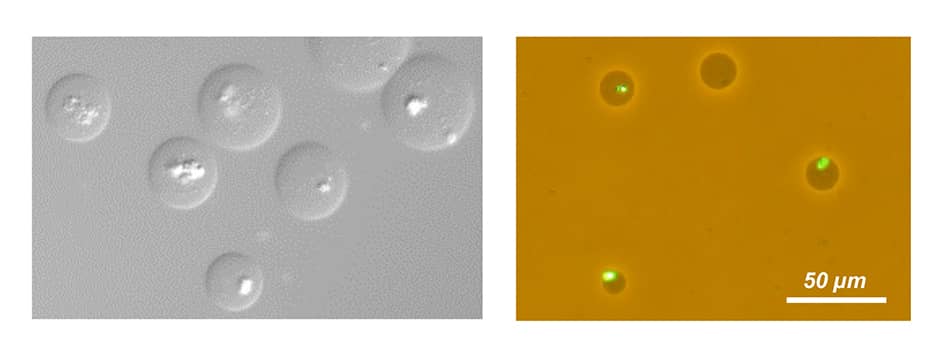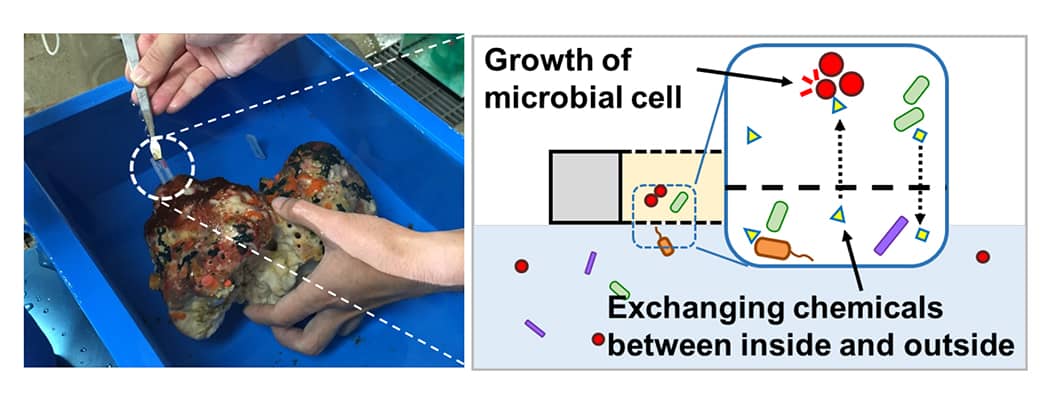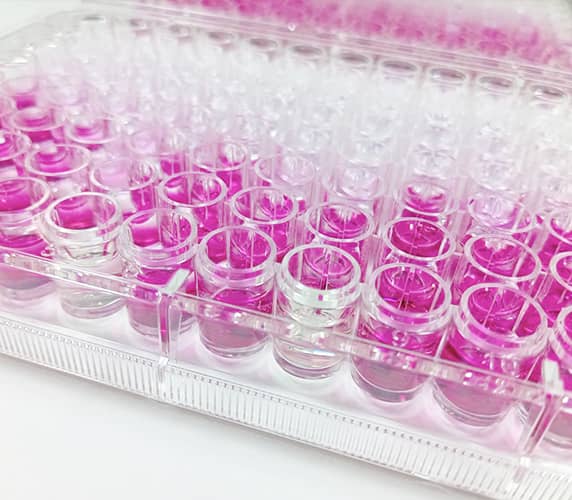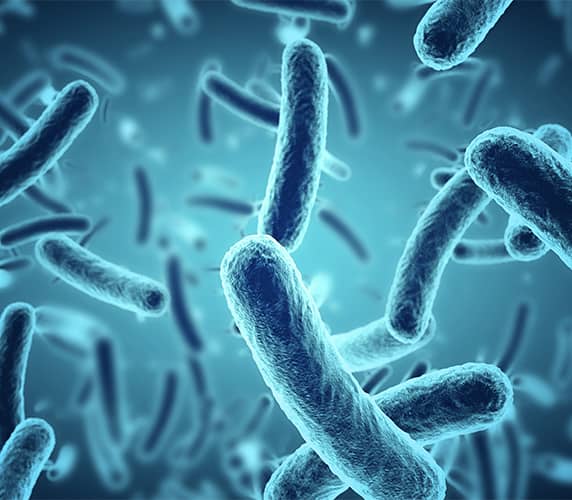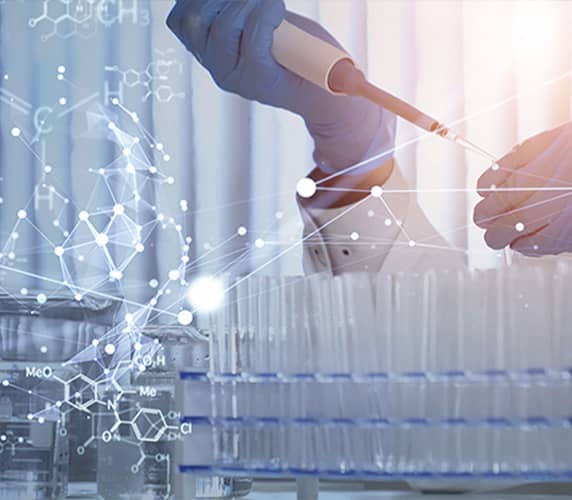
Research
Project I
Innovations for microbial cultivation

- Development of conceptually new cultivation methods
- Cultivation of uncultivated microorganisms
For 150 years, agar plating has been used as a primary method for the cultivation of environmental microorganisms. This project aimed to develop innovative cultivation methodologies based on new concepts.
Following methods are under development or have recently been developed.
1. Gel Micro-Droplet (GMD) aggregation cultivation
The method provides an extremely high inoculum cell density (>106-7 cell/ml, 104 times higher than conventional plating), allowing separation of each culture throughout the experiment (pure culture). The key structural feature of this method includes formation of hydrogel particles (10-30 µm in diameter) containing single cells, that aggregate in oil within the media. The high cell density stimulates microbial interactions via chemicals at the beginning of cultivation.
2. A trap for microbial cell - a device enabling automatic separation and cultivation
This is a new concept for the isolation of environmental microorganisms in which microbial cells actively separate and grow independently. The device enables the isolation of pure cultures from heterogeneous populations, performing several steps necessary to cultivate pure culture, automatically. This device consists of multiple chambers for growth filled with medium and a narrow channel (submicron size width and height) connected to the outside environment. The first cell, attracted by the leaked medium, fits inside the constriction, begins to divide, blocks the entrance to the food chamber, and prevents other cells from entering. The cells can continue to grow and divide, thus populating the growth chamber with a single species.
3. in situ / in vivo cultivation system (growing environmental microorganisms in natural environments)
Although many microbial species do not grow in the laboratory, they do grow in their natural environment. This suggests that nature provides microbes with growth components. Therefore, imitating natural conditions as closely as possible may be important for the cultivation of presently “uncultivable” environmental microorganisms. To achieve this, microbes are cultivated in a membrane-bound device that is incubated in nature. Growth factors in nature are automatically provided to the cells by diffusion, allowing for their cultivation despite no prior knowledge of their growth requirements.
Others: new methods for efficient cultivation of microorganisms
Selective cultivation of non-colony-forming microorganisms.
- Cultivation-independent separation of specific microbial types based on cell morphology and surface characteristics
- Cultivation of microbial types requiring symbiotic interactions with specific microbial-pair types.
Other research
Share on SNS

